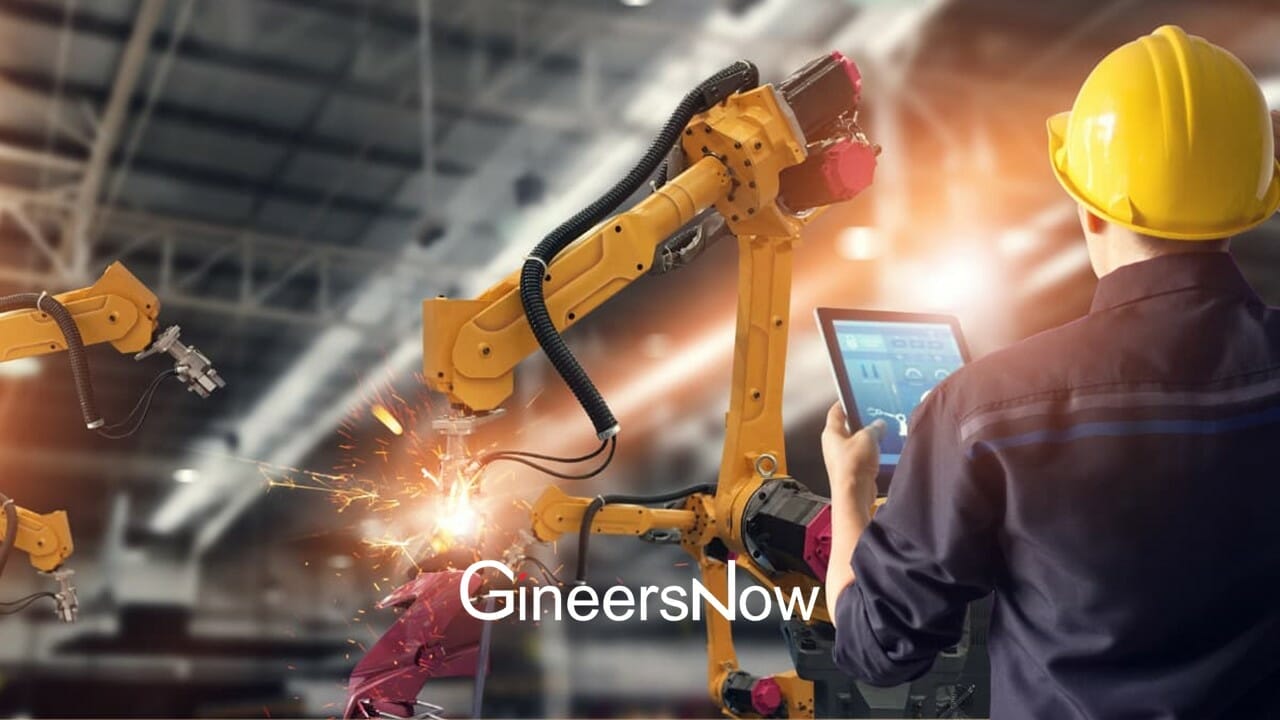Researchers at Stanford have created a revolutionary design for their new robot. The model uses a soft, plastic body inside a tight cylinder that expands as air is fed in. It’s similar to how an inside-out sock becomes right side out after flipping. As air is inserted into the worm-like robot, the tip grows without moving the body. The tip holds the camera which returns the feed along the wires resulting to multiple uses of the said design.
This means the robot can have a multitude of uses. It can be used as a search and rescue tool where the robot squeezes into tight spaces that other mechanical devices or human rescuers can’t reach. The body also allows lifting of debris with the air that builds up inside it, pretty much like how a jack lifts a car. Other uses for the robot are geared towards medical use but as of now is mainly built for rescue operations. The research team still strives to diversify the uses of the robot as it continues through its development stages
Source: YouTube, Stanford
The robot was initially tested with cheap plastic materials, but that can soon change depending on the need of the operation. The research team also suggested that fluid can be use in place of air if there is such a need for it. The design was based on fast-growing materials like vines that can easily move around a surface to reach from one point to another. Their tests revealed much success as they put the robot through an array of strenuous tests. These tests include passing through flypaper, nails and even an crawling over an ice wall, all to deliver a sensor that could potentially find survivors under rubble.

Even as the robot got punctured by nails throughout its course, it still continues to push forward as the body doesn’t move. This means that the hole created is still “sealed” since the plastic doesn’t tear from excess movement. The applications of the robot matches its versatility, allowing it to do many things that could lead to saving the lives of many in the future.
Article Source:











